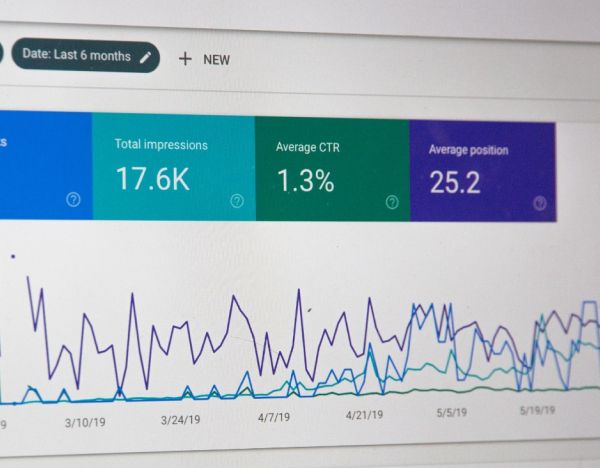
Why data-flow mapping is essential for privacy impact assessments (DPIAs)
Data-flow mapping is a powerful tool that allows you to see a visual representation of the flow of personal data related to your processing activities. This will help you to identify potential risks and ensure that all relevant aspects are considered in your assessments. Data-flow mapping also helps you to identify any gaps or weaknesses in your processes, so you can make recommendations for improvement.
Many processing activities involve multiple data sources, IT-systems, databases, servers and 3rd parties. A good data-flow map describes the relations between all these assets. It is much easier to verify compliance from the visual representation compared as you can verify asset by asset whether your organisation is capable of deleting personal data or whether the processing stops when a data subject revokes his/her consent.
Benefits of data-flow mapping
- When you have a visual representation of your processing activity, its easier to identify whether something relevant is still missing. Incomplete information can lead to false assumptions. As they say, a picture is worth more than a 1000 words.
- PIA’s and DPIA’s often involve multiple stakeholders. Sharing a data-flow map with your colleagues can make privacy discussions and workshops more engaging and interactive.
- Seeing all your assets visually, its easier to verify how well do you meet all the applicable privacy law requirements. For example, you can go through asset by asset how each data storage complies with the retention times set by your organisation.
- Many privacy risks relate to how your organisation processes personal data. Once you have a thorough understanding of your processing activities, its easier to spot risks in your processes. A data-flow map can also help you find more privacy-friendly ways to achieve your business goals.
Don't just take our word for it
Try PrivacyDesigner out for yourself. Book a demo now and see how it can transform the way you approach privacy compliance. With a clear, visual representation of your data flows, you'll be able to identify risks and opportunities, and make informed decisions about how to protect personal data.